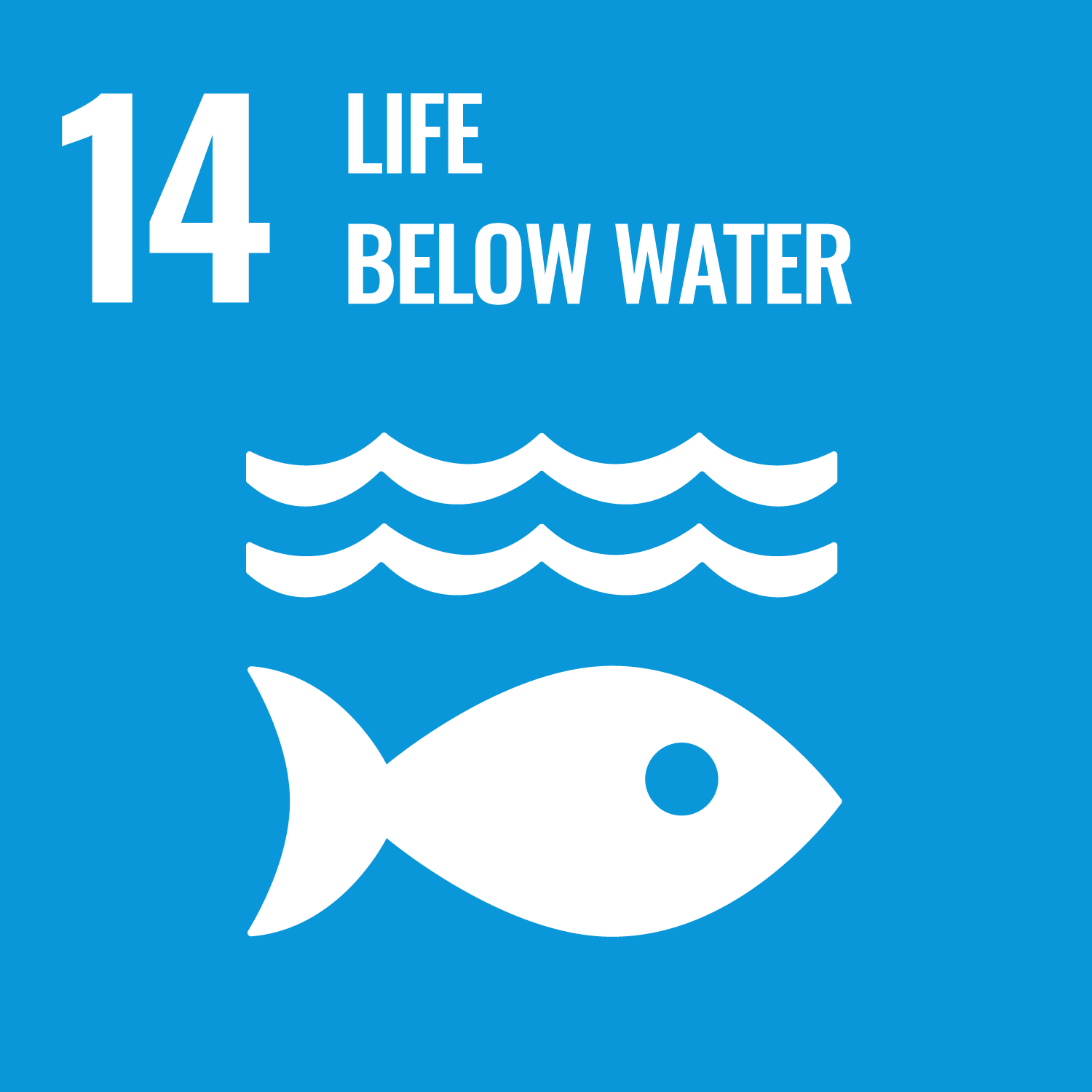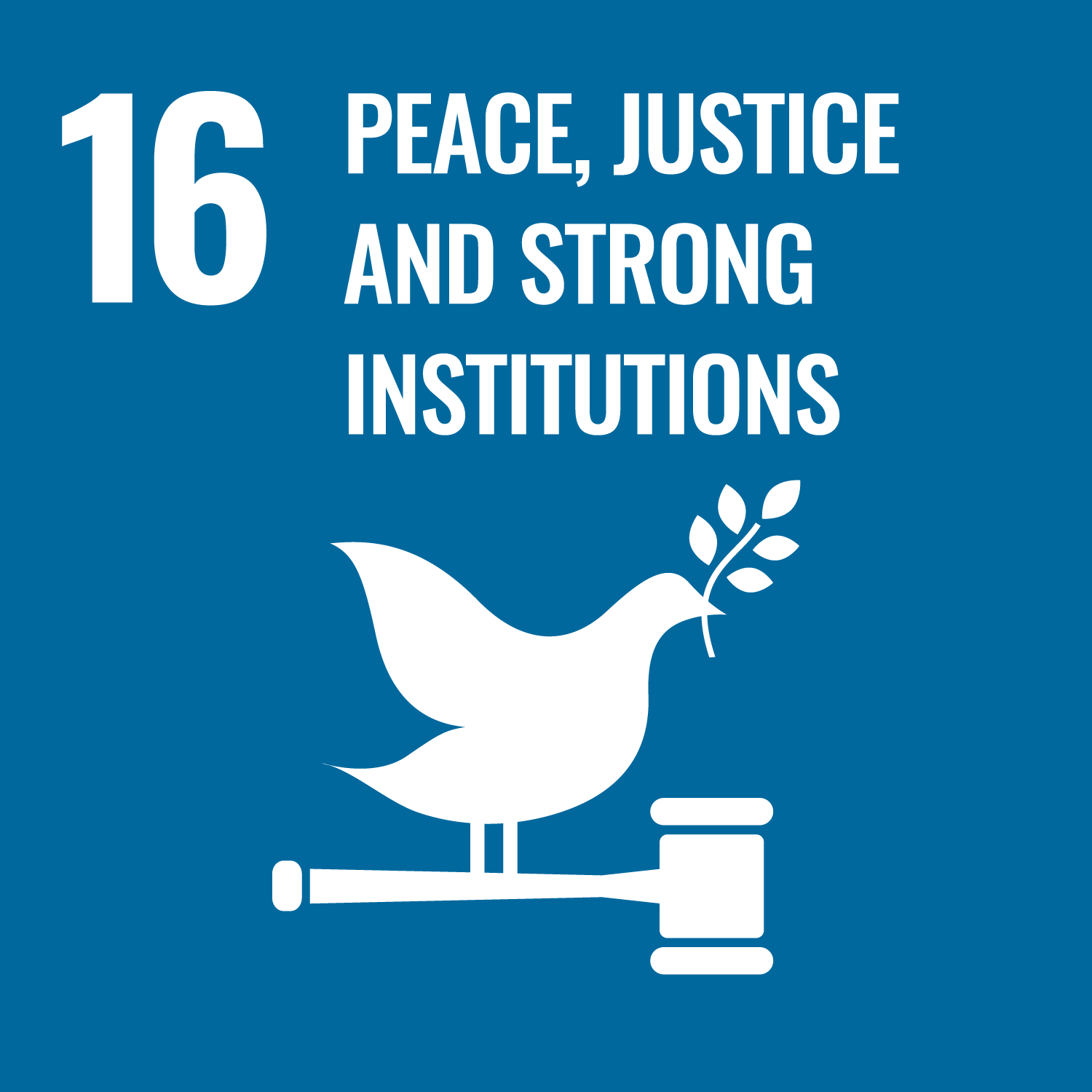The ‘Left-to-Die Boat’ incident of March 2011: Questions of International Responsibility arising from the Failure to Save Refugees at Sea
On Sunday, 8 May 2011, the British newspaper The Guardian reported the story of a boat carrying 72 persons, among them asylum seekers, women and children, which left Tripoli (Libya) for the Italian island of Lampedusa at the end of March 2011. After 16 days at sea, the boat was washed up on the Libyan shore with only 11 survivors. In this particular incident, it is remarkable that many of the vessels or helicopters, which allegedly failed to save these people, were at that time taking part in NATO’s Operation Unified Protector. This has elicited criticism about NATO’s and its Member States’ failure to respond to the relevant distress calls and to anticipate adequately for an exodus of asylum seekers and refugees from Libya in the course of the said Operation. The long list of ‘failures’ in this respect was identified in a Report adopted by the Parliamentary Assembly Committee on Migration, Refugees and Displaced Persons of the Council of Europe (29 March 2012).The present paper discusses the issues of responsibility for human rights violations arising from this incident, including the potential responsibility of NATO. Firstly, there is a succinct reference to the primary obligations incumbent upon the States or NATO in this regard, namely obligations under human rights law. This is followed by a discussion of the secondary rules of international responsibility and their application to this particular incident; in particular, the responsibility of each and every State involved in the latter as well as of NATO is assessed accordingly.
| Item Type | Discussion or working paper |
|---|---|
| Keywords | Asylum, Mediterranean, responsibility, NATO, rescue, refugee, law |
| Subjects |
Human Rights & Development Studies Law |
| Divisions |
Human Rights Consortium Refugee Law Initiative |
| Date Deposited | 07 Oct 2013 13:49 |
| Last Modified | 06 Aug 2024 00:24 |














